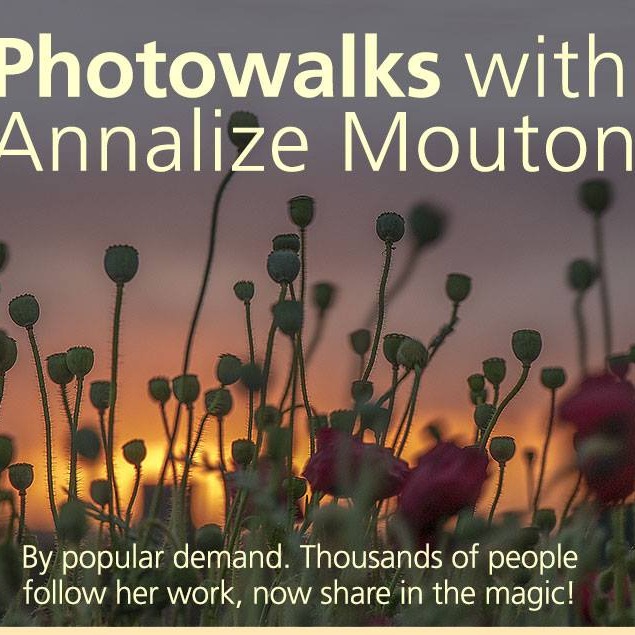

Photography and especially that of people, had always been a passion. I received my first lessons from my father, a keen photographer and artist, who gave me my first camera, an Agfa, when I was eight or nine. Many years later, in 1992, I upgraded to a Pentax SLR film camera. After meeting and marrying Maré Mouton, an experienced graphic designer and photographer, in 2003, we started producing the magazine Village Life. That and digital cameras have allowed me to revive my latent interest in photography, this time with constructive criticism and guidelines from Maré who had worked in journalism, graphic design, photography and public relations in South Africa and Namibia.
I prefer to work with available light and believe that a photograph should be made when it is taken, not later on a computer.
In October 2007, I held my first exhibition, titled “Portrait of a Village”, with 56 of the over 50 000 photos I had taken of Stanford’s residents over a period of only five months during the village’s 150th year. More than 400 people attended the opening of the exhibition and it was said that my use of available light “reminded of that used by the Old Dutch Masters” in painting. In February 2008 a large-format book, Stanford 150 : Portrait of a Village, was published with text and over 500 photographs by myself and the design and layout by Maré. The book depicts a broad spectrum of the people currently living in the village: white, coloured and black, young and old, rich and poor, the landowners and the landless, the workers and the loafers. All the photographs were taken using only available light.